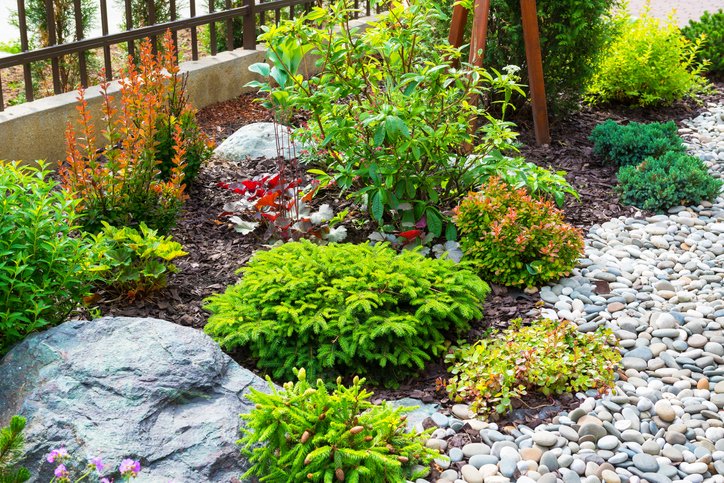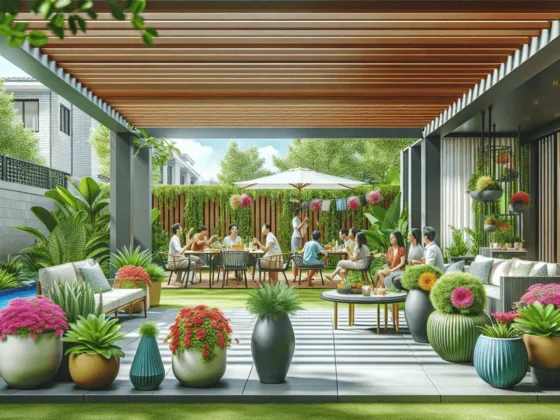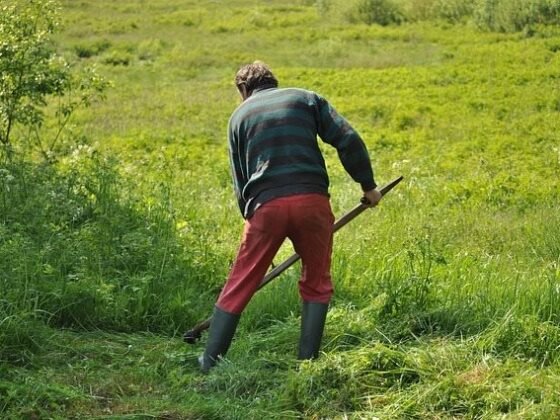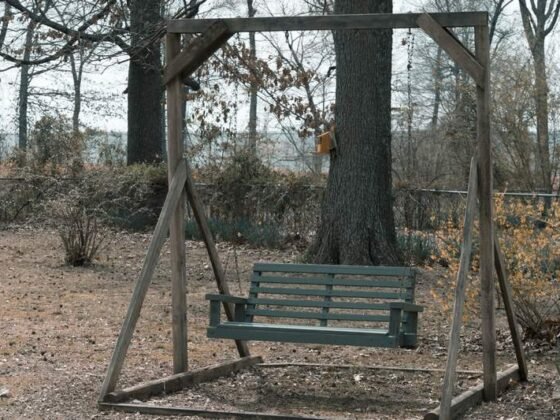Table of Contents Show
Landscaping involves introducing changes in the design, architecture, and plants of land to improve aesthetics/visibility, value, and viability. Your backyard landscape 101 can have multiple benefits for your home.

It not only extends the outdoors but reduces the energy costs as well. Landscaping will further improve the value of the home and is good for the environment as well. Below are the specific important tips that you can use for your landscaping 101 projects and endeavor.
Know Your Needs and Wants
You should be pursuing your landscaping plan after knowing your needs and wants. For instance, some people are looking for a quiet and peaceful place to read, while others want to make their exterior land more suitable for play.
People may also want their exterior lands to provide them with multiple and hybrid benefits. It is also a favorite place to grow herbs, vegetables, and plants that can be used in cooking or other purposes.
Therefore, you should make a list of all your needs and wants so that you are aware of the right areas for your landscaping effort. Below are some tips to plan backyard landscaping.
Assess and Study the Land
It is important to assess the land and try to find out more about the environmental conditions related to it. It will improve your landscaping 101 project outcomes. Try to find out the path of the sun over your land and the direction of winds through it.
You can direct or completely block the wind movements through the land by adopting the appropriate placement of the trees, plants, and shrubs. If you want, you can ensure that the sitting areas do not lie in the sun’s path.
For instance, the sunniest areas and spots can be the best places for growing trees. After some time, these will be ideal places to beat the heat of the sun and to relax and play. You should also try to find out how you would be watering the plants and trees and the best drainage layout.
Read Also:
Spend Some Time in the Spaces
Planning on paper may not be the same as experiencing something in real life. Take a chair and try to spend some time in the different spots and places to find out how good they can be.
It will help you experiment more with the focal points and let you know how these places and spots are interacting with window and home views.
Some of the spots and paths may interface and interact better with the components of the surrounding environment. It can improve your engagement and improve the landscaping 101 outcomes.
Follow the “Simplicity” Principle
Landscaping and improving the exterior land do not require that the plan and the efforts should be complex. Avoiding complexity and ensuring simplicity helps you prevent overdoing the stuff.
For instance, you can ensure that your landscaping plan allows you to move easily from your bed to the land’s veggies, flowers, and plants or even to your walkway or patio. You will get some insights and intuition regarding the best designs once you start to study the land by following your landscaping plan.
Plan the Focal Points and Views
It is also important to predict the views of your landscape from the outside. You can place the trees and the plants in a more strategic and aesthetically pleasing way to ensure better views from greater distances.
A group of well-pruned trees can be a great focal point. Such tree groups not only control the temperature and reduce the heat during the summers but may also be colorful focal points during the falls.
The flowering trees including crabapples, Buckeyes, and dogwoods can be some worthwhile and good-looking inclusions for the entire year.
You can also perimeter the plantings and add more colorful plants to your garden and landscape so that the land has more pleasing focal points. If you want to improve the looks of your deck or the patio, you can grow flowering plants (such as hydrangeas) close to them.
Includes Your Favorite Plants
You must also include your favorite plans and your landscape for the best personalization and satisfaction. First, make a list of your favorite plants that you want to grow in your landscape and garden.
You can then scrutinize your landscape and the prevailing environmental conditions to find out which of your favorite plants can be included and can be grown. For instance, if you are including more shady areas, you may not be able to grow the plants that need an ample amount of sunlight.
You Have to Start Somewhere
You must be ready for change and embrace it. Landscapes do change over a period. Therefore, you need constant efforts and evaluation to ensure that your landscape looks the way you want it to.
Apart from planning your landscape’s design and inclusions, also find out the tools and equipment (such as hoses and timers) that you may require for landscaping. The planning for vegetation, watering and other landscaping elements should be done beforehand so that your efforts yield the desired outcomes.









